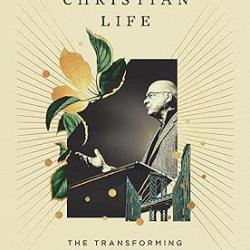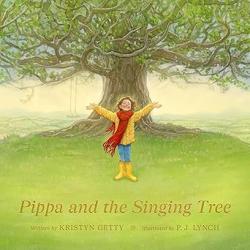This post is part of a series walking through the second volume of Abraham Kuyper’s Common Grace.
Having discussed the difference between the institutional church and the church organic, Kuyper turns to the question of that most institutional of all churches: the national church. This is out of the orbit of most of us in America, having not had an official church in the nation ever or on the state level since 1838. But what is the role of an “official” state church?
The proponents of the national church want one with all the nation as members, not just believers (and their children, given Kuyper’s theology). This is so that such a church will “bless the ordinary civic life in a broader sphere and have an educating effect” on the people. (291)
We agree on 1) the church’s impact on the elect and 2) the church’s impact on society. But
“we differ on a point: to achieve this good goal they incorporate civil society into the church, whereas for this same purpose we plant the church, like a city on a hill, in the midst of civil society.” (291)
This contrast isn’t one of mere terms–we can use whatever terms we want here. The question is one of who is in the church. We all agree on the wider impact of Christianity on society. We disagree about whether that impact is direct through bringing the whole nation into the church or indirect through the influence of a church that dwells in the midst of the nation.
We must certainly admit that the “national church dominates virtually all of church history.” (291-292) It is therefore difficult to resist, especially given that
1) even Calvinist nations fall to this idea, albeit in modified form (the modification being tolerance for other churches, though not always/often full tolerance). (292) Even America has an informal and reflexive version of this, albeit one broken slightly by American mobility.
2) opposition unfortunately “has emerged almost exclusively from the spiritualist sects.” (293) These go to the opposite extreme and tear down the covenant and infant baptism, even as they turn to Gnosticism and a rejection of the world entirely. They, as it were, form a “sect”
Kuyper here takes a minute to discuss what a “sect” is (what we would call “cults” today). We don’t want to just use that term for everyone and everything we disagree with and every denomination that forms–especially those that form in opposition to the state church. Specifically, the sect is the entity that engages in
“denying the covenant of God, abolishing infant baptism, tearing asunder nature and spirit, and letting the church exist exclusively for the sake of heaven, while simply turning their back o the ordinary, natural human life in spiritual one-sidedness and haughty pride…. a group is a sect only when it places itself outside human life. It becomes a sect when a number of individuals place their association outside the life of humanity and view themselves as a little holy circle that still mistakenly remains on earth but in fact has nothing to do with life here on earth. Such a group is not a sect until it ceases to confess Jesus as the Son of Man.” (293-294)
By contrast, as Protestants we recognize a “multiplicity” of churches as well as the “life of humanity” from which “a little holy circle” cannot escape, but instead must continue to live within and witness to. (294)
These cults are not the proper response to the national church. Instead, it is to point out that the church is for believers–with the understanding that an over-spiritualization of this idea will cost us the covenant of infant baptism. By contrast we are to hold that Scripture teaches that
- We must hold to the covenant;
- The link between believers and their children “is a sacred, organic link that must be honored carefully” (295)
- Therefore “only adult baptism [credobaptistm] starts from a false premise” and so this spiritual individualism is a false premise. (295)
We also see in Scripture that the church “has significance for the world” which is lost in the spiritualist view. This too becomes a cutting off from the “life of the world” and moves towards sect-ishness, ultimately rejecting not just the national church but “any conception of church” in favor of “sweet, pious societies.” Their peace of soul removes them from “influence on the course of events.” (295-296)
Instead, the true, covenantal, church is the real alternative to the national church. This only comes from Calvinists, whose doctrines of particular and common grace allow both a healthy church and faithful life in the world. (296) Without this distinction, the national church is the only logical option, lest the world be utterly abandoned to darkness. This claim “is not an exaggeration”–there must be grace outside the church (common grace), else all that is outside must be brought in and exorcised. (296)
Common grace helps us have a healthy view of the relationship between the true church and the world, as well as between true churches and sects. Common grace shows us that outside of the church there can be (non-saving) grace. The national church goes so far that it flips this, tolerating atheists even as it expels believers, while still leaving much of life outside of the church. Which we are fine with because of common grace, but which–as the natural sciences have flourished–forces the national church into a choice between spiritualism and hostility to the sciences, or the out-and-out weakening of orthodox doctrine.
Dr. Coyle Neal is co-host of the City of Man Podcast and an Associate Professor of Political Science at Southwest Baptist University in Bolivar, MO












